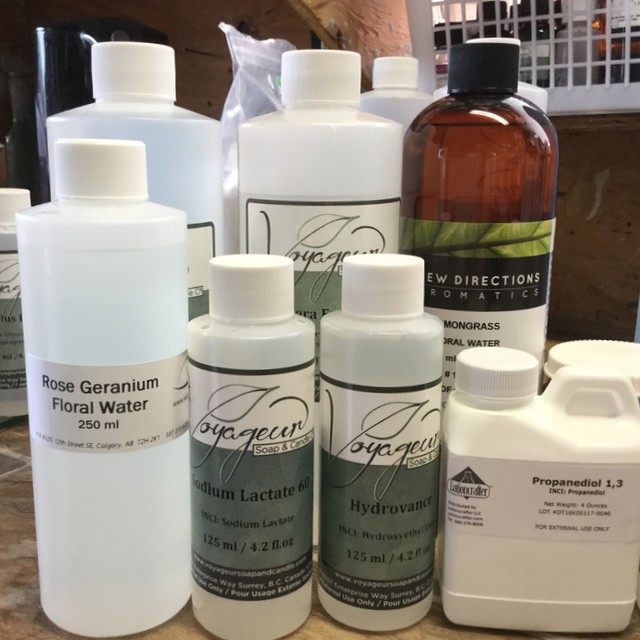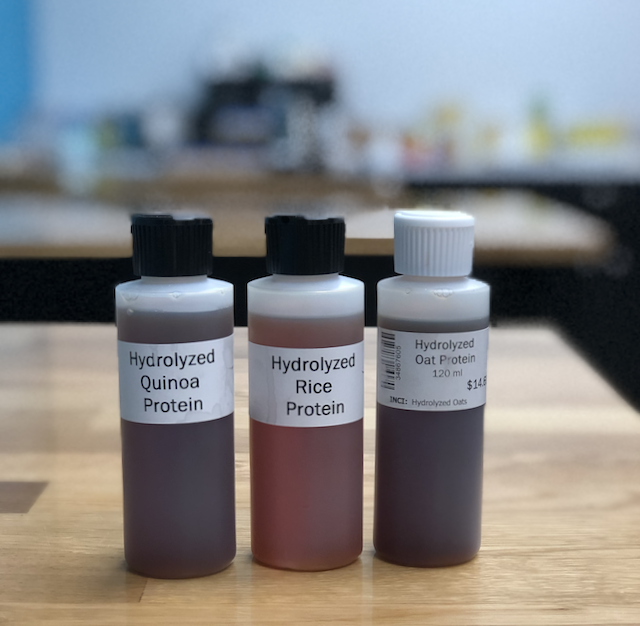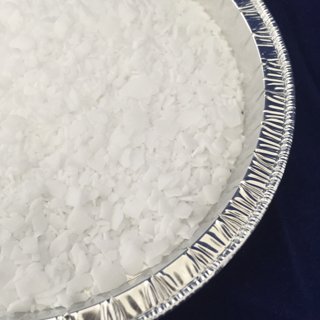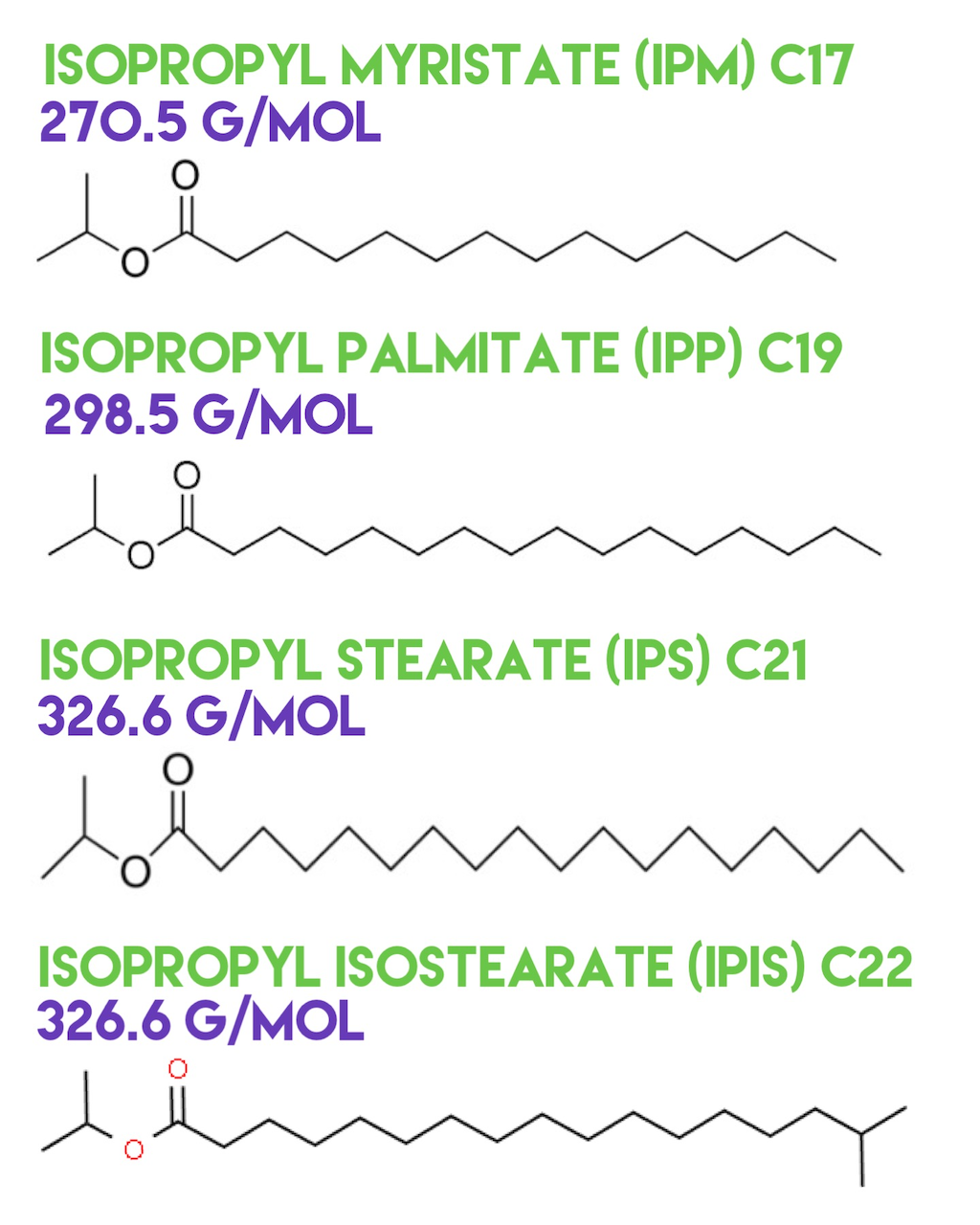Let’s analyze an absolutely atrocious article on glycerin to learn more awesome chemistry, then talk a little about reputable sources and formulating faves!
This article has been making the rounds recently and I wanted to analyze it because it is so absolutely magnificently wrong in so many ways, I thought it could be an interesting exercise in analyzing an article and having loads of chemistry fun while doing it! Article: HOW DOES GLYCERINE REACT WITH WATER? Related posts...




